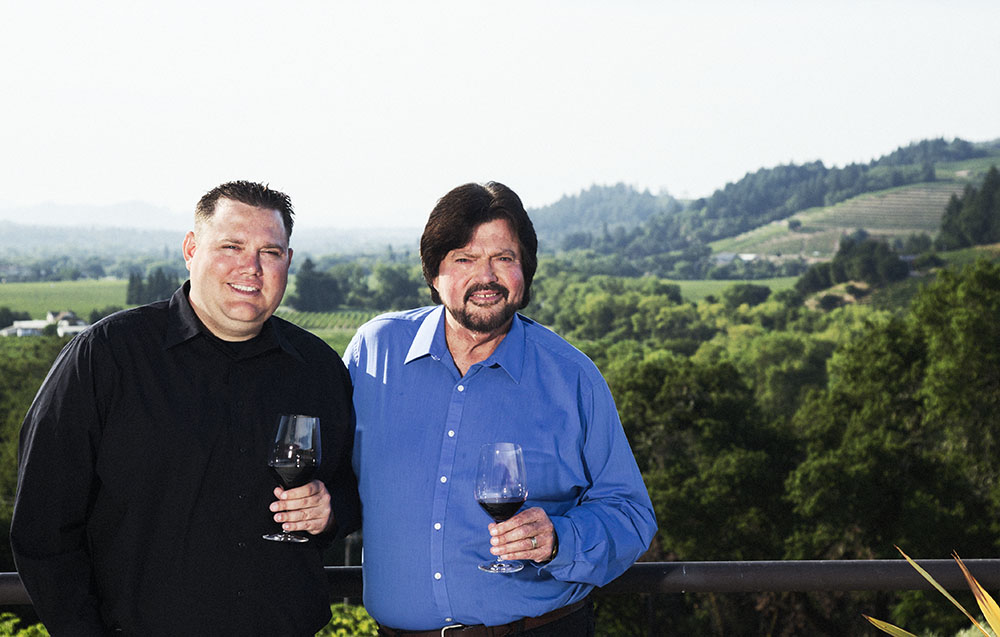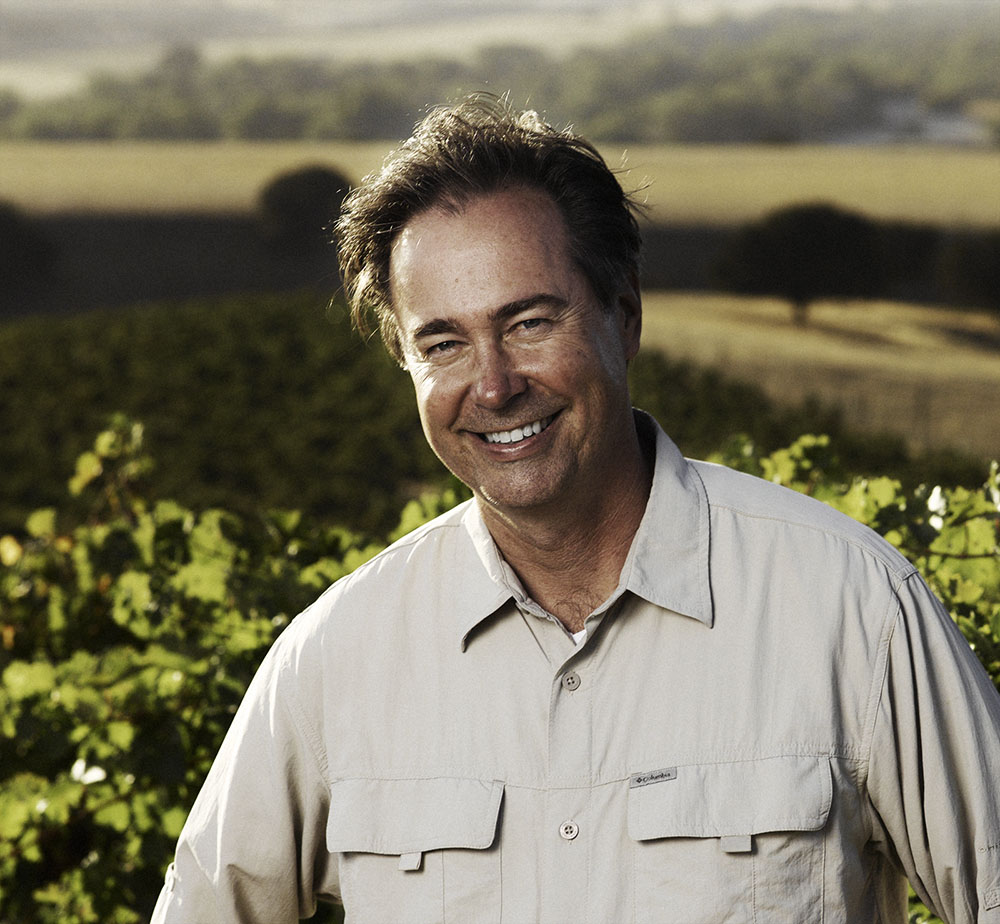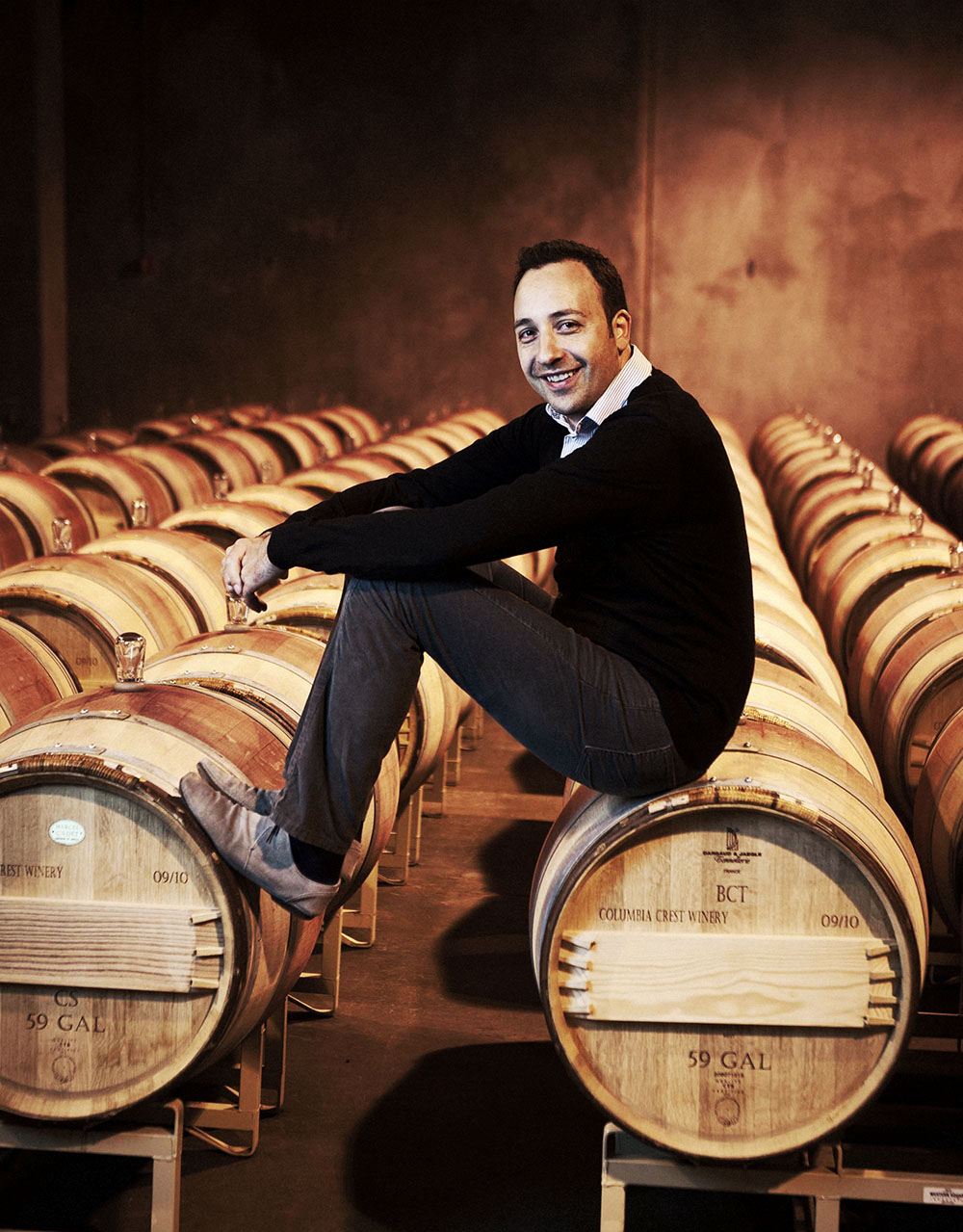Cabernet and Merlot, two words that appear more times together than the words “blackberry and cherry” do in a tasting note. These two varieties make the scene together everywhere and anywhere they go, from Bordeaux to Tuscany, California to Washington, Spain to Canada … you name the place, if one is present you can believe the other isn’t far away. They are the Laurel and Hardy of winemaking. They have a symbiotic relationship — it almost seems that one does not work without the other. It’s like the relationship between the crocodile and the plover bird that cleans its teeth. They are two great tastes that taste great together; they are the Reese’s Peanut Butter Cups of the wine world.
But what happens when you do separate them? Is Merlot the weakling it has been made out to be? Is Cabernet Sauvignon the powerhouse it makes itself out to be? Do they work better apart?
Would the world be a better place if these two called up a divorce lawyer and split their assets?
The original reason to co-mingle the two was to augment the other, “combat” vintage variation and promote wine consistency. It’s the Bordeaux equivalent to non-vintage Champagne, but instead of hiding variation it is celebrated. And that makes this a good place to start, by taking the Bordeaux example. Sure they could bottle each separately, but in weak vintages Merlot (an earlier ripening grape) bolsters Cabernet Sauvignon (a late ripener), while in a strong vintage Merlot can soften its more robust bottle-mate.
So where does that leave us? Are these two grapes the Elizabeth Taylor and Richard Burton of the wine world — star-crossed lovers who wish to be together but are better apart, or are they more like Goldie Hawn and Kurt Russell, unmarried, free to see whomever they wish, but seemingly destined to be together forever.
Let’s take a look at the many faces of these two grapes … then I recommend going out and trying your favourite blend starring these two. See what you think.




